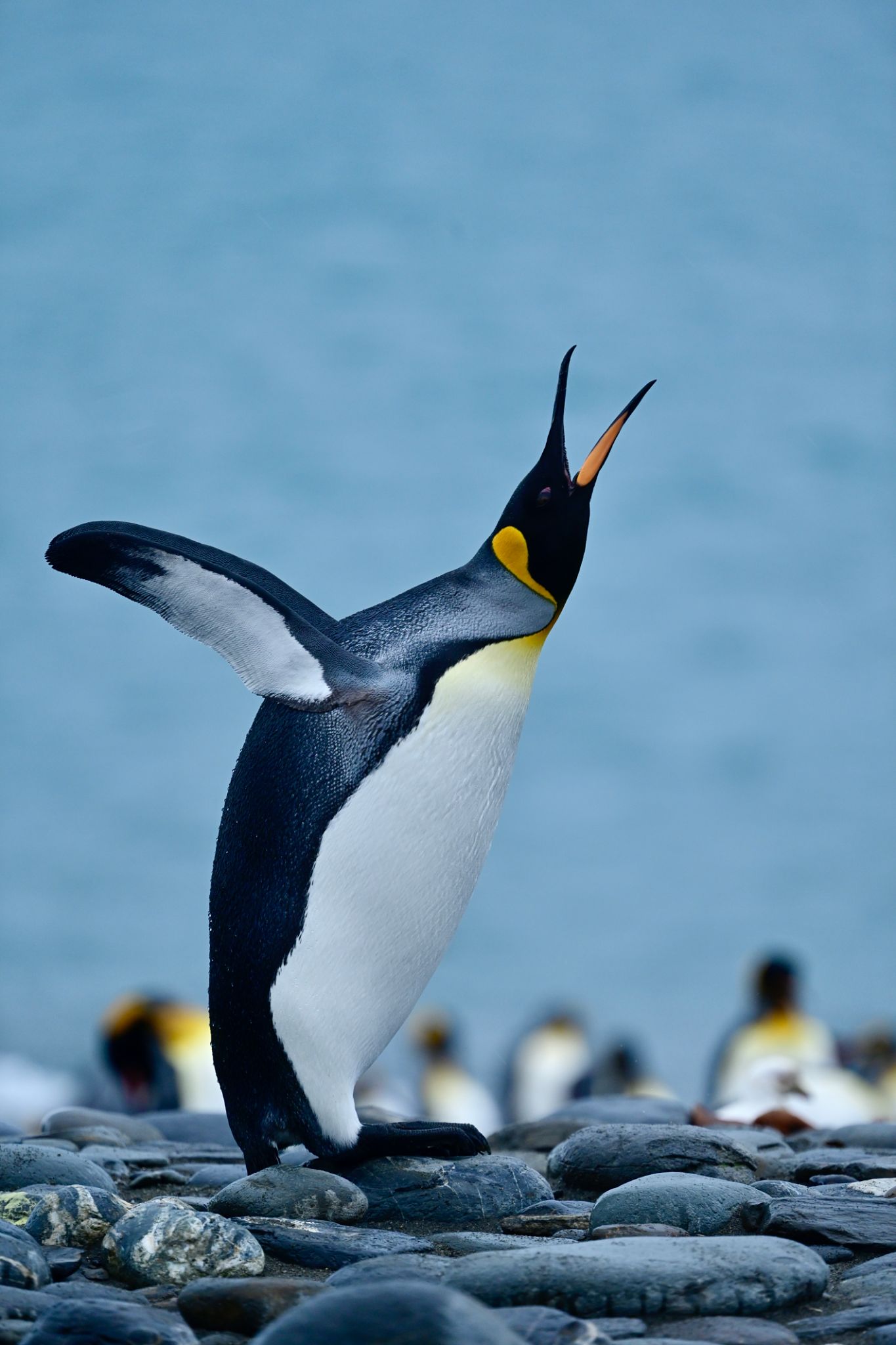Antarctica Expeditions: An Insider's Guide to Cruise and Land Adventures
Introduction to Antarctica Expeditions
Embarking on an expedition to Antarctica is a once-in-a-lifetime adventure that promises breathtaking landscapes and unforgettable experiences. As the southernmost continent, Antarctica offers a pristine environment where wildlife thrives in icy waters and vast white expanses. Whether you're considering a cruise or a land-based adventure, understanding the nuances of each option can enhance your journey. Discover the best ways to explore this icy wilderness.

Choosing the Right Expedition
Deciding between a cruise or a land adventure is the first step in planning your Antarctica expedition. Cruises offer comfort and convenience, allowing you to explore multiple regions while enjoying onboard amenities. On the other hand, land adventures provide a more immersive experience, with opportunities for camping on the ice and closer encounters with the wildlife.
Cruise Expeditions
Cruise expeditions typically range from 10-day journeys to month-long explorations. They often depart from Ushuaia, Argentina, and traverse the Drake Passage before reaching the Antarctic Peninsula. During the voyage, passengers can enjoy lectures from experts, take part in guided excursions, and witness stunning icebergs and glaciers.
Land-Based Adventures
For those seeking a more intimate connection with Antarctica, land-based adventures offer unique experiences. Activities can include ice climbing, snowshoeing, and even cross-country skiing. These expeditions often involve flying into remote camps where travelers can enjoy the solitude and beauty of the continent.

Wildlife Encounters
One of the highlights of any Antarctica expedition is the chance to see its incredible wildlife. The continent is home to various penguin species, seals, and whales. Cruise passengers often have opportunities to spot these animals from the deck or during shore landings. Meanwhile, land adventurers might find themselves sharing their campsite with curious penguins.
Penguins and Seals
Among the most iconic inhabitants of Antarctica are the penguins. Species such as the Emperor and Adélie are commonly seen during expeditions. Seals, including Weddell, leopard, and crabeater seals, are also frequent visitors to the icy shores.

Preparing for Your Expedition
Proper preparation is key to enjoying your Antarctica adventure. Pack warm, layered clothing made from moisture-wicking materials. Don't forget essentials like waterproof gloves, a sturdy pair of boots, and UV-protective sunglasses to combat the intense glare of the ice.
Booking Tips
When it comes to booking your expedition, consider the timing carefully. The Antarctic travel season runs from November to March, with varying conditions throughout these months. Early in the season offers pristine snow conditions, while later months might provide better wildlife sightings.
- November to December: Ideal for scenic landscapes and photography.
- January to February: Best for wildlife encounters.
- March: Offers a quieter experience with fewer travelers.
Conclusion
An expedition to Antarctica is a journey like no other, offering a glimpse into one of the world's last untouched frontiers. Whether you choose a cruise or a land-based adventure, you'll return home with memories of majestic landscapes and remarkable wildlife encounters. Embrace the spirit of exploration and prepare for an experience that will stay with you forever.